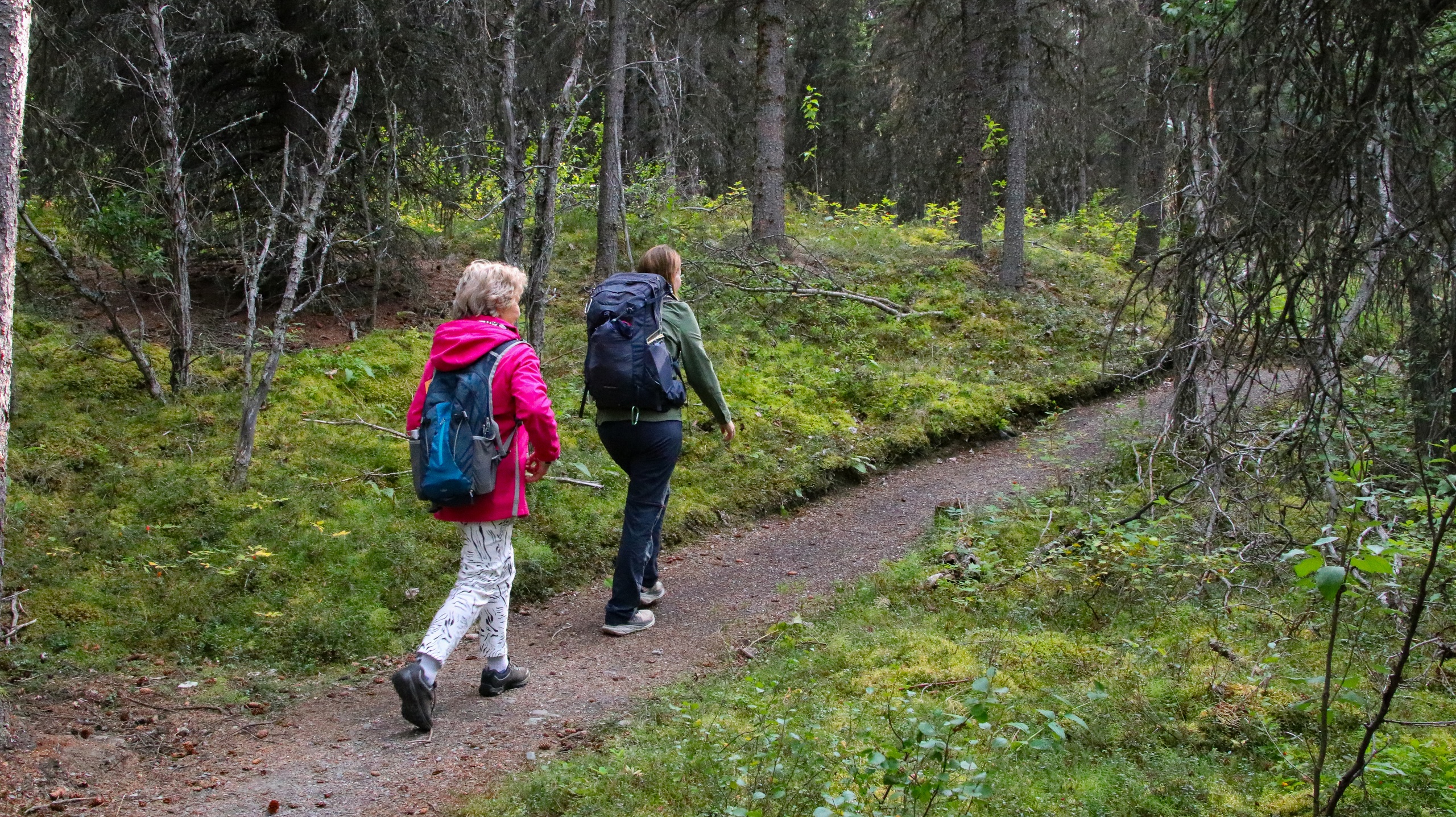Treading the River of Grass: An Immersive Day in Everglades National Park
Bikes, boardwalks, and backwaters in America’s largest subtropical wilderness
Dawn in Everglades National Park arrives like a whisper. The sawgrass rustles, trading secrets with the breeze. An alligator breaks the surface near the Anhinga Trail boardwalk and exhales—slow, patient, unbothered—before slipping back beneath a lily-pad mosaic. The light sharpens, warm and practical, and the wetland wakes with a thousand small decisions: ibises probing the marl, needlefish sketching silver commas in tannin water, a tricolored heron easing from shadow to hunt. Here, water sets the tempo. It pushes forward in glassy inches, dares you to follow, and teaches you to move with deliberation.
Trail Wisdom
Start at Sunrise
Arrive when gates open to beat heat and crowds at Shark Valley and Anhinga Trail, and to catch peak wildlife activity.
Hydrate Like It’s Summer—Year-Round
Carry at least 2–3 liters per person for rides or paddles; refill at visitor centers as potable water isn’t available at most trailheads.
Respect the Distance Rule
Stay at least 15 feet from alligators and farther from nesting birds; use a zoom lens instead of stepping closer.
Read the Sky
Afternoon storms form quickly—if thunderheads build, turn back early to avoid lightning on exposed boardwalks or open water.
Local Knowledge
Hidden Gems
- •Nine Mile Pond Canoe Trail markers 40–50, where mangrove tunnels frame quiet water
- •Mahogany Hammock Boardwalk at mid-morning when light skims through air plants
Wildlife
American alligator, Roseate spoonbill
Conservation Note
Rising seas, altered water flows, and invasive species threaten the ecosystem. Stay on designated routes, clean gear to prevent seed spread, and support restoration efforts.
Designated a national park in 1947 after advocacy led by Marjory Stoneman Douglas, the Everglades protects the downstream flow of the Kissimmee–Okeechobee–Everglades watershed and preserves Indigenous histories of the Calusa, Tequesta, and Seminole peoples.
Seasonal Guide
spring
Best for: Birdwatching as migration tapers, Pleasant boardwalk walks
Challenges: Rising humidity, Bug pressure increasing at dusk
March–May offers warming temps and lingering dry-season wildlife concentrations, especially at Anhinga Trail and Shark Valley.
summer
Best for: Lush greenery and dramatic clouds, Quiet trails with fewer visitors
Challenges: Intense heat index, Mosquitoes and daily thunderstorms
June–September is wet season—plan early outings, seek shade, and monitor storms; paddling can be rewarding with proper precautions.
fall
Best for: Storm-free windows after hurricane season, Shoulder-season solitude
Challenges: Variable water levels, Lingering heat and bugs in early fall
October–November transitions to the dry season; conditions stabilize and wildlife viewing improves as water recedes.
winter
Best for: Peak wildlife viewing, Comfortable hiking and biking
Challenges: Popular sites can be busy, Cool north winds on open water
December–February is the prime window—mild temperatures, fewer mosquitoes, and concentrated birdlife across sloughs and ponds.
Photographer's Notes
What to Bring
Sun-Protective Clothing (UPF shirt and wide-brim hat)Essential
The open prairie and boardwalks offer minimal shade; long sleeves and a hat keep UV and heat manageable.
Electrolyte-Ready Water SystemEssential
A hydration bladder or bottles with electrolyte tabs helps stave off heat stress during rides and paddles.
Insect Repellent (DEET or Picaridin)Essential
Mosquitoes can be fierce near mangroves and at dusk; repellent makes boardwalks and campsites comfortable.
Lightweight Rain Shell
Fast-moving thunderstorms can roll through—stash a packable shell to stay dry when the sky flips the switch.
Common Questions
What is the best time of year to visit Everglades National Park?
The dry season (December–April) offers mild temperatures, fewer mosquitoes, and excellent wildlife viewing. Winter weekends can be busy—arrive early.
Can I swim in the Everglades?
Swimming is not recommended due to wildlife, water quality concerns, and hidden hazards. Stick to boardwalks, trails, and designated paddling routes.
Are guided tours available inside the park?
Yes. Tram tours at Shark Valley, ranger-led walks, and guided paddles are offered seasonally. Private outfitters near Homestead and Flamingo also rent bikes and boats.
Do I need a permit to paddle or hike?
Day use does not require a permit beyond park entry fees. Backcountry camping requires permits, and state fishing licenses are required where applicable.
How close can I get to alligators and other wildlife?
Maintain at least 15 feet (5 meters) from alligators and give nesting birds extra space. Never feed wildlife and keep a respectful distance at all times.
Is there cell service in the park?
Coverage is spotty. Expect limited service away from visitor centers and plan navigation and safety accordingly.
What to Pack
1) UPF long-sleeve and hat for relentless sun; 2) 2–3 liters of water with electrolytes for heat; 3) Insect repellent to keep mosquitoes at bay; 4) Lightweight rain shell for sudden summer storms.
Did You Know
Everglades National Park is the only place on Earth where American alligators and American crocodiles coexist, and it is a UNESCO World Heritage Site.
Quick Travel Tips
Arrive at sunrise to secure parking at Shark Valley; Buy your park pass online in advance; Check water levels and trail status on NPS before you go; Bring cashless payment and snacks—services are limited beyond visitor centers.
Local Flavor
Post-adventure, hit Robert Is Here in Homestead for tropical milkshakes and fresh fruit, then sample local brews at Miami Brewing Company. For a hearty meal, Yardie Spice dishes up Caribbean flavors that refuel fast. Visiting from the Gulf side? In season, Everglades City’s stone crab shacks serve claws pulled from nearby waters.
Logistics Snapshot
Closest airports: Miami (MIA) and Fort Lauderdale (FLL). Main access via Ernest F. Coe Visitor Center (Homestead) or Shark Valley (Tamiami Trail). About 1 hour from Miami to Homestead; 1.5 hours to Flamingo. Cell service: limited outside visitor centers. Entry fee required; backcountry camping permits and Florida fishing licenses apply where relevant.
Sustainability Note
This fragile wetland is a cornerstone of South Florida’s water system—pack out all trash, avoid disturbing nesting birds, and never feed wildlife. Rinse boats and boots to prevent invasive species spread.
Continue Reading

Canyon Wave: Rafting Denali’s Glacial Heart on the Nenana River
The Nenana River doesn’t whisper—it urges you forward. On the Canyon Wave run, you’ll punch through crisp, glacial rapids beneath Denali’s ramparts, trading roadside views for a front-row seat to Alaska’s wild hydraulics. Cold water, big smiles, and a canyon that knows how to keep pace.
Healy, Alaska

Chasing Light in Denali: An Afternoon Hike Across Taiga and Tundra
Trade the tour bus for tundra. This guided afternoon hike threads from shadowed spruce to open ridgeline, where Denali’s valleys breathe wide and the wind calls the cadence. Come for the views, stay for the stories beneath your boots.
Denali Park, Alaska

